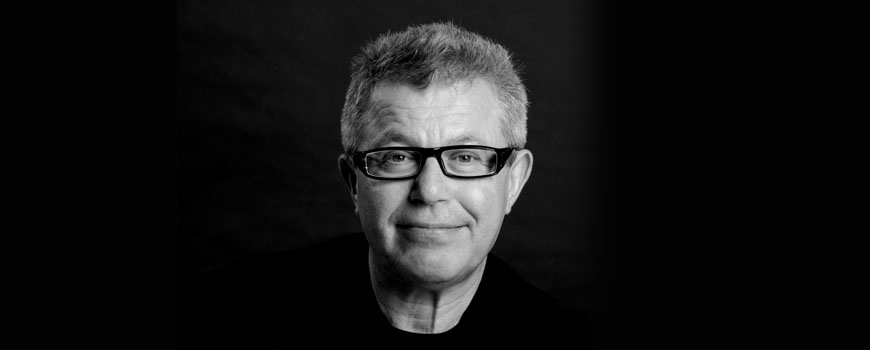Daniel Libeskind is one of the most culturally multifaceted contemporary architects.
Though the general public knows him mostly for his Jewish Museum in Berlin and the (unfortunately unbuilt) design for the new World Trade Center in New York, Libeskind has created an impressive ensemble of different designs, from buildings to furniture, from art installations to abstract artworks.
The complex personality of Libeskind originates possibly from his personal history and diverse cultural background. Born in Lód’z, Poland, in 1945 to Jewish parents, he first moved to a kibbutz in Israel and then, in 1959, to New York City.
Before choosing architecture as his main profession and graduating from the Cooper Union, Libeskind was a violin virtuoso who played with a then-young Itzhak Perlman.
Whether large or small, from museums to installations, Libeskind’s works are always based on a complex conceptual framework and a thorough investigation of the formal, cultural, and symbolic elements of design and architecture.
Libeskind is widely regarded as a reference, especially for what concerns the relationship between architecture and history, such as in the case of many of his museums.
This is mostly due to the idea, partly derived from Jacques Derrida’s theory of deconstruction, that architecture is a form of language based on a dynamic relationship between contrasting elements/terms; a concept that particularly fits the design of venues aimed to depict/present the inherent complexity and disjointedness nature of, especially modern, history; Libeskind’s design for the Jewish Museum in Berlin is exemplary in this sense.
Another recurrent element in Libeskind’s designs is the importance of and the references to the written word. Texts and words are often printed onto his museums’ walls; in some cases, such as in the Danish Jewish Museum in Copenhagen, Hebrew letters even give shape to the architectural space.
Studio Libeskind, conducted by Daniel with his wife Nina, is based in New York, Zürich, and Milan.
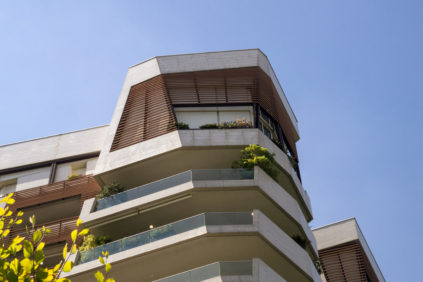
Daniel Libeskind – CityLife Residences, Milan
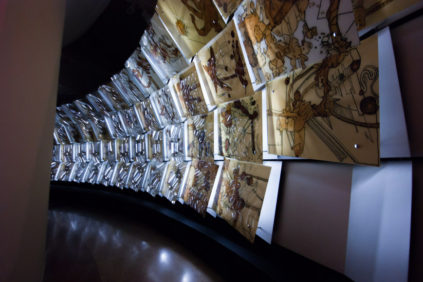
Daniel Libeskind – Sonnets in Babylon

Daniel Libeskind – the CJM museum in San Francisco
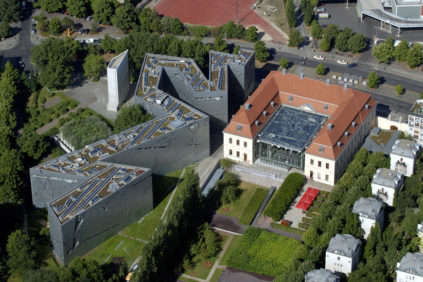
Daniel Libeskind | The Jewish Museum Berlin – part 1
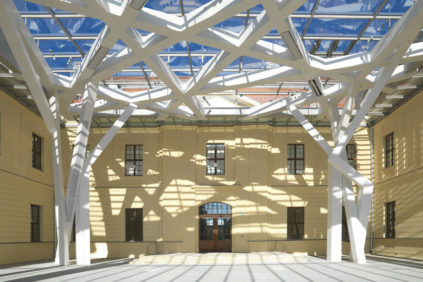
Daniel Libeskind | The Jewish Museum Berlin – Part 2
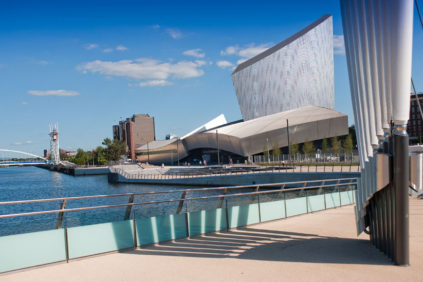
Imperial War Museum North, Manchester – Daniel Libeskind

Milan | Future Flowers, an installation by Daniel Libeskind
copyright Inexhibit 2024 - ISSN: 2283-5474

